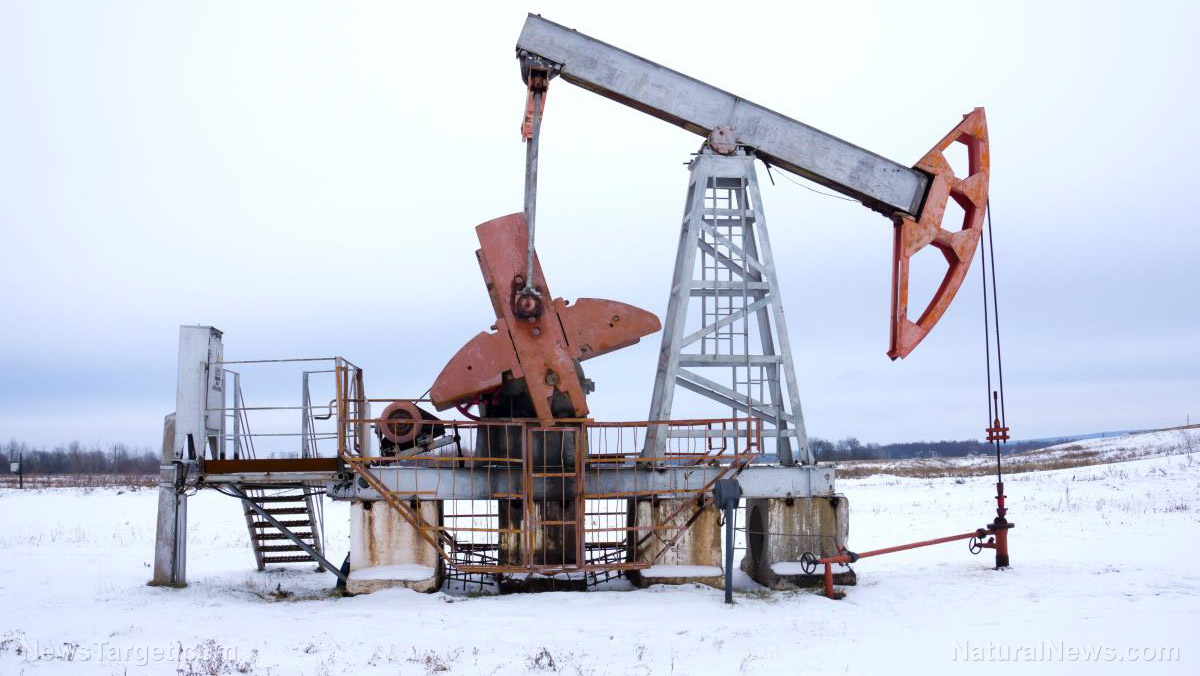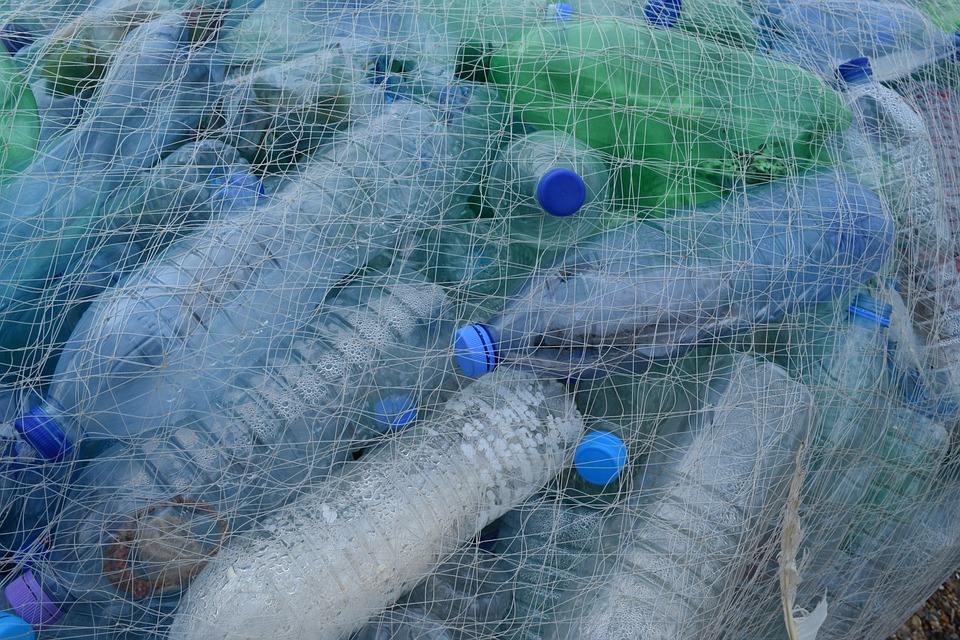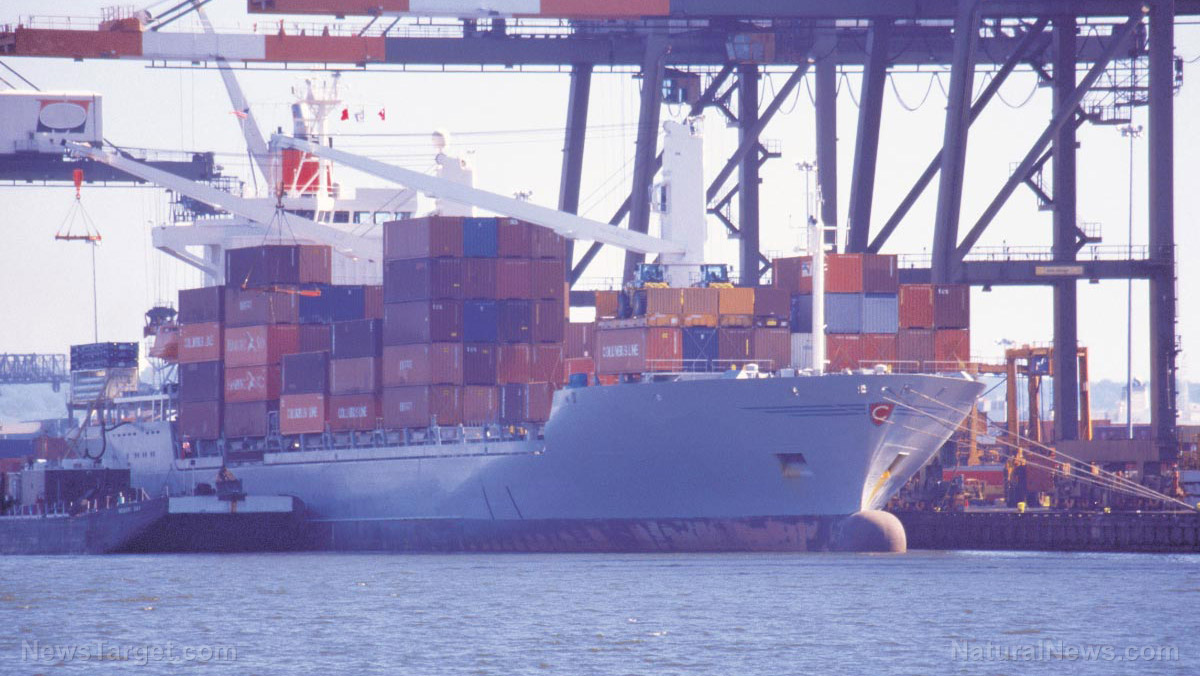Injecting toxic wastewater into shallow soil primary driver for earthquakes in Texas – study
08/02/2021 / By Virgilio Marin

A study published in the journal PNAS found that injecting toxic wastewater into shallow soil is driving the recent rise in earthquake activity in Texas.
Researchers explained that wastewater injection increases the crustal stresses acting on the faults beneath the Delaware Basin, a layer of rock underneath West Texas and New Mexico. Once enough stress accumulated, the faults would rupture, causing an earthquake.
Exploring how shallow wastewater injection triggers earthquakes
Drillers dispose of brine, a toxic wastewater byproduct of oil and gas production, by depositing it through injection wells into porous underground rock formations. Past studies showed that wastewater injection into deep aquifers (bodies of permeable rock that hold water) induces earthquakes, as does injection into shallow aquifers. But it was unclear how shallow injection could do so.
The researchers explored this question by studying the Delaware Basin, which is seeing a significant increase in shallow wastewater injection since 2010. At the same time, a vast region of the basin has experienced a rise in seismic activity. Most of the quakes were relatively small, but some were large enough to be felt widely, such as the recent magnitude 5.0 rumbler near Mentone in Loving County.
The researchers created a computer model of the fluid extraction activities conducted in more than 1,500 shale production wells from 1993 to 2020. More than 400 of these wells were used to inject brine in sandstone formations from 2010 to 2020.
The model allowed the researchers to examine how varying amounts of injected brine perturb the crustal stresses (forces that act on Earth’s crust) deep under the Delaware Basin and how these disturbances induce earthquakes along a given fault.

The researchers found that fluid injected in shallow aquifers generates so-called poroelastic stress, which migrates downward to add to the deep crustal stresses building along faults beneath the basin. Poroelastic stress is the pressure created by fluid seeping through porous rocks. It deforms the surrounding rock, pushing faults toward slipping in an earthquake.
The basin’s geological properties also determine the magnitude and odds of an earthquake. But in all, shallow injection is the main driver of basin-wide earthquakes, the researchers said. They noted that their study could provide insights into how to evaluate and minimize hazards caused by the combination of natural and human factors. (Related: Fracking is responsible for the earthquakes in Oklahoma; they are triggered by the injection of wastewater deep into the ground.)
Man-made earthquakes on the rise in the US
Most man-made, or induced, earthquakes take the form of low-magnitude seismic movements called tremors. These events have increased over the past several years in the U.S., particularly in the central and eastern regions of the country.
According to the U.S. Geological Survey, wastewater injection is the primary cause of the recent increase in man-made quakes in the central U.S. It operates for far longer and injects more amounts of fluid than hydraulic fracturing, which also induces earthquakes. Also known as fracking, this is the process of drilling down into the earth before a high-pressure water mixture is injected into the rock to release the gas inside.
In Oklahoma, which experiences the most induced earthquakes in the U.S., 98 to 99 percent of all man-made tremors are attributed to wastewater disposal. The rest are linked to fracking.
Induced earthquakes are also caused by other human activities such as mining and the emplacement of massive dams. In 2017, British researchers found that at least 730 man-made earthquakes occurred worldwide over the last 150 years. Mining was the most common trigger, accounting for 37 percent of the cases. Water kept in dams came in second at 23 percent, while conventional oil and gas extraction followed at 15 percent.
The strongest quake recorded by the researchers happened in 2008. A 7.9 earthquake rocked Sichuan province in China, killing 87,000 people. The disaster was blamed on the Zipingpu Reservoir, which contained a large amount of water that residents suspected might have seeped into a fault and caused it to slip. However, the debate still persists over whether the quake was purely natural or man-made.
Follow Disaster.news to learn more about man-made catastrophes.
Sources include:
Tagged Under:





















